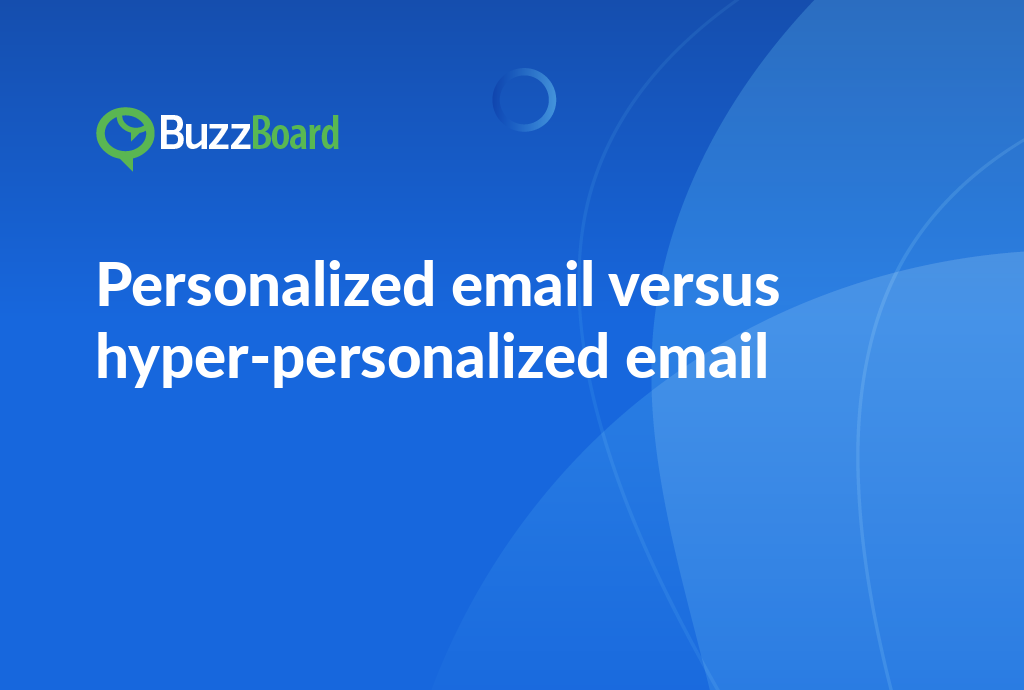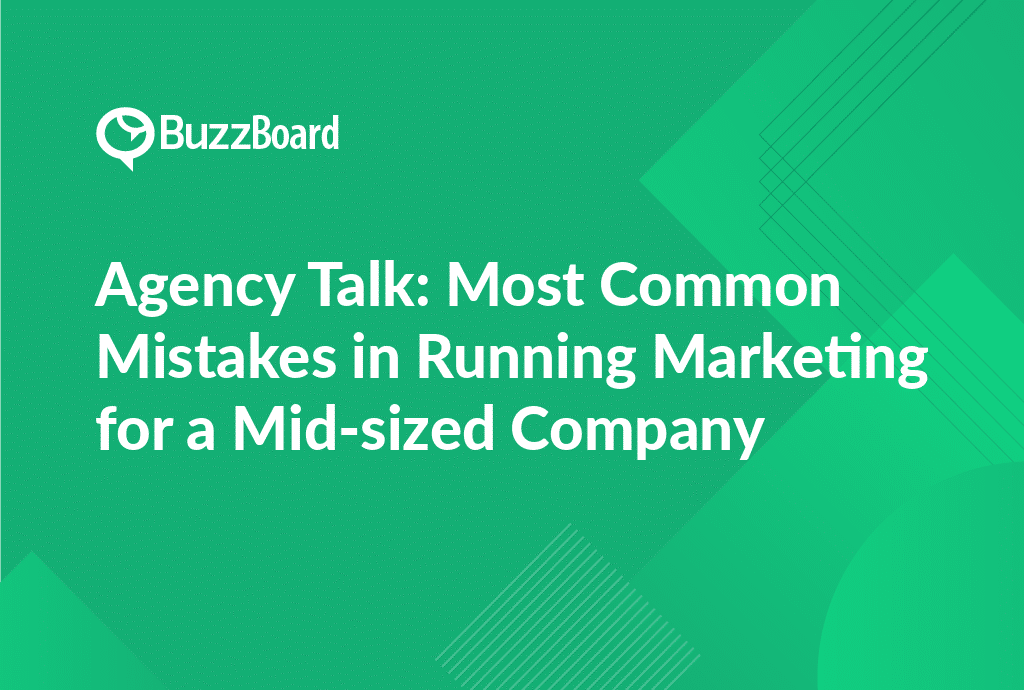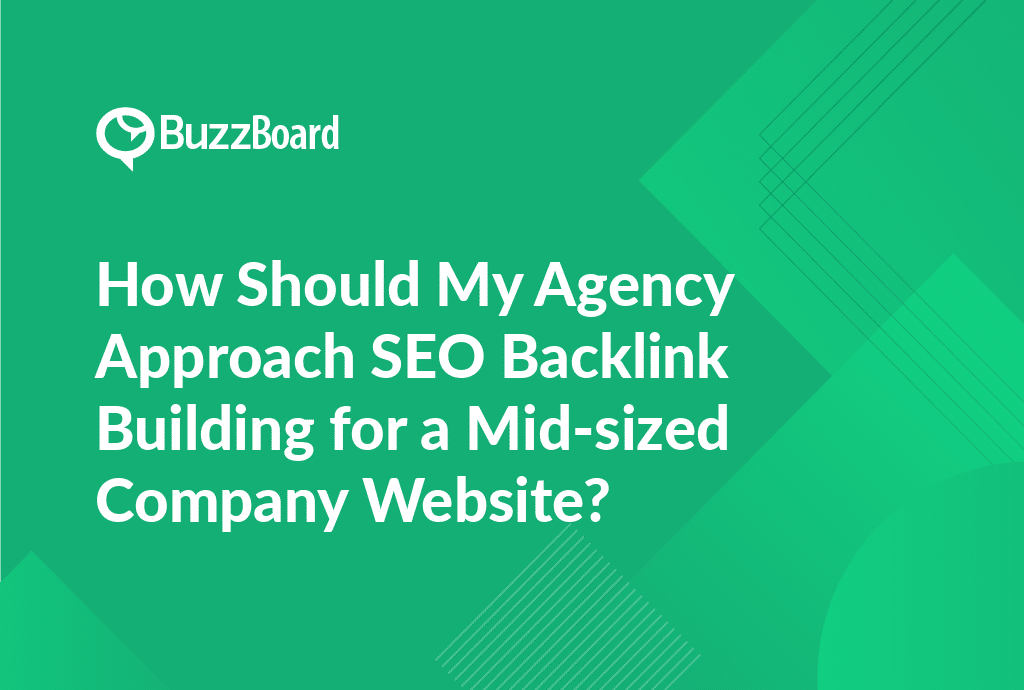What makes a small business landing page effective at generating leads? A well-designed landing page should have a clear and concise headline, a prominent call-to-action (CTA), and a form that’s easy to fill out. It should also be optimized for mobile devices and have a fast loading speed. Additionally, a landing page should be tailored to a specific audience and offer a relevant incentive, such as a free trial or discount. By following these best practices, small businesses can create a landing page that effectively captures leads and drives conversions.
The Importance of a Small Business Landing Page for Lead Generation
The digital realm is constantly changing, significantly influencing marketing strategies. Landing pages have emerged as instrumental tools in this evolution, providing pivotal lead generation for small businesses. A well-curated small business landing page can create a clear path for potential customers to follow, significantly aiding lead generation.
It’s worth noting that 68% of B2B businesses use landing pages to gather leads for future conversions. An effective small business landing page serves as the gateway to your website. It plays a critical role in attracting visitors, offering crucial information, and prompting them to undertake a desirable action leading to sales.
A well-designed landing page is a crucial component of digital marketing that can have a profound impact on a visitor’s initial perception of your business. By creating a seamless and engaging user experience, a landing page can simplify lead generation by guiding visitors towards specific products, services, or offers, and encouraging them to take action. This can ultimately lead to increased conversions, improved brand loyalty, and a significant boost to your bottom line.
In today’s highly competitive market, small businesses face significant challenges in standing out from the crowd. With so many businesses vying for attention, it can be difficult to cut through the noise and connect with potential customers. However, a landing page can help your business stand out by delivering unique, relevant, and valuable content that targets specific market demographics. By speaking directly to the needs and interests of your target audience, you can enhance engagement, build brand loyalty, and drive lead generation.
Digital marketing agencies servicing small and local businesses should prioritize the creation and optimization of landing pages as a key component of their clients’ digital marketing strategies. Not only is creating a landing page a cost-effective lead generation tactic, but it also promotes a strong online presence and can drive significant returns on investment (ROI). By leveraging the power of landing pages, agencies can help their clients establish a competitive edge, increase visibility, and drive sales.
For agencies prioritizing lead generation, integrating a well-optimized landing page into their small business clients’ digital marketing strategies can have a profound impact on their success. By creating a targeted and compelling landing page, agencies can improve visibility, boost engagement, and ultimately drive sales. This can be achieved by:
- Creating a clear and concise message that resonates with the target audience
- Using attention-grabbing visuals and compelling copy to capture visitors’ attention
- Optimizing the landing page for mobile devices to ensure a seamless user experience
- Using calls-to-action (CTAs) to encourage visitors to take action
- Tracking and analyzing the performance of the landing page to identify areas for improvement
By incorporating a well-optimized landing page into their digital marketing strategies, agencies can help their small business clients achieve their lead generation goals, drive sales, and establish a strong online presence.
Effective Strategies for Creating a Landing Page to Increase Small Business Sales
Creating a strong landing page is crucial for generating leads and driving sales for small businesses. A well-crafted landing page can effectively communicate your value proposition, persuade potential customers, and ultimately boost sales. To achieve this, it’s essential to craft a clear and concise message that immediately resonates with your target audience.
The first step in creating an effective landing page is to define your value proposition. This should be a clear and concise statement that communicates the unique benefits and advantages of your product or service. Avoid using confusing jargon or technical terms that may confuse or intimidate potential customers. Instead, use simple and persuasive language that speaks directly to their needs and pain points.
Once you have a clear value proposition, it’s time to focus on the call-to-action (CTA). The CTA is the most critical element of your landing page, as it’s what encourages visitors to take action and convert into leads or customers. A compelling CTA should be prominently displayed, preferably above the fold, and visually eye-catching to garner attention. It could involve offering a free quote, demo, or consultation, or simply encouraging visitors to sign up for a newsletter or download an e-book.
To further enhance the user experience, consider incorporating dynamic content that alters text or images based on user behavior or the source page the potential lead originates from. This tactic, known as “personalization,” can significantly boost conversions by communicating to prospects that you understand their unique needs and are willing to tailor your message to their specific interests.
In addition to personalization, it’s also essential to optimize your landing page for search engines using appropriate SEO strategies. This includes incorporating your main keyword phrase in the title, URL, and meta description, as well as using relevant meta tags and header tags to structure your content. By doing so, you can improve your page’s visibility in search engine results pages (SERPs) and drive more targeted traffic to your landing page.
When it comes to language, aim to be as persuasive as possible on your landing page. Utilize emotional triggers, such as storytelling, social proof, and scarcity, to create a sense of urgency and nudge prospects toward making a decision. For example, you could use a sense of urgency by offering a limited-time discount or promotion, or by highlighting the benefits of acting quickly, such as limited availability or a one-time opportunity.
Finally, remember that a small business landing page’s purpose is to provide a clear pathway for customers from their point of entry to the point of conversion. Keep it simple and goal-oriented, with a clear and concise message that communicates your value proposition and encourages visitors to take action. By following these best practices, you can create a landing page that effectively generates leads and drives sales for your small business.
In terms of testing and optimization, it’s essential to continuously monitor and analyze your landing page’s performance using data and analytics tools. This can help you identify areas for improvement, such as low-performing CTAs or confusing messaging, and make data-driven decisions to optimize your page for better results. By regularly testing and tweaking your landing page, you can ensure that it remains effective and continues to drive conversions and sales for your small business.
Some additional tips to keep in mind when creating a small business landing page include:
- Keep your landing page concise and to the point, with a clear and simple message that communicates your value proposition.
- Use high-quality images and graphics to make your page visually appealing and engaging.
- Make sure your CTA is prominent and eye-catching, and that it’s easy for visitors to take action.
- Use social proof, such as customer testimonials and reviews, to build trust and credibility with potential customers.
- Consider using A/B testing to compare different versions of your landing page and identify which elements perform best.
- Continuously monitor and analyze your landing page’s performance using data and analytics tools, and make data-driven decisions to optimize your page for better results.
By following these best practices and tips, you can create a small business landing page that effectively generates leads and drives sales, and helps your business grow and thrive.
Key Features of a Successful Small Business Website
A small business website is a vital component of any successful marketing strategy, playing a crucial role in stimulating sales and generating leads. A well-designed website can help establish credibility, build trust, and ultimately drive conversions. To maximize the effectiveness of a small business website, there are several fundamental features that must be incorporated, with the small business landing page being a key element.
First and foremost, delivering clear and concise information is essential. The website should provide relevant details about the business, including the products or services offered, contact information, and location. This information should be presented in a clear and easy-to-understand format, avoiding jargon and technical terms that may confuse visitors. Additionally, the website should showcase the distinct selling proposition of the business through engaging and distinct language that resonates with prospective customers. This can be achieved by highlighting the unique benefits, features, and value proposition of the business, setting it apart from competitors.
Optimal navigation is the second essential component of a successful small business website. A website that is difficult to navigate can quickly alienate visitors, leading them to abandon the site and seek out a competitor’s website. Simplistic and intuitive site navigation, on the other hand, enhances the visitor’s experience, boosting the chances of transforming leads into sales. This can be achieved by using clear and concise language, organizing content in a logical and easy-to-follow manner, and providing clear calls-to-action (CTAs) that guide visitors through the website.
Thirdly, an intriguing call-to-action (CTA) on the small business landing page is a must. A CTA is a crucial element that prompts potential customers to engage with the business, resulting in heightened lead progress. A well-crafted CTA should be clear, concise, and compelling, encouraging visitors to take a specific action, such as signing up for a newsletter, downloading an e-book, or making a purchase. CTAs should be strategically placed throughout the website, including on the landing page, to maximize their effectiveness.
In addition to these essential features, there are several other best practices that can help maximize the effectiveness of a small business website for sales and lead generation. These include:
- Infusing strategically placed CTAs throughout the website to encourage visitors to take a specific action
- Serving up clear and valuable information that addresses the needs and concerns of prospective customers
- Assuring smooth navigation by using clear and concise language, organizing content in a logical and easy-to-follow manner, and providing clear CTAs
- Utilizing high-quality visuals, such as images and videos, to showcase products or services and enhance the visitor’s experience
- Optimizing the website for search engines to improve visibility and drive organic traffic
- Regularly updating and refreshing content to keep visitors engaged and coming back for more
- Providing multiple channels for visitors to engage with the business, such as social media and email marketing
A small business website is a vital component of any successful marketing strategy, playing a crucial role in stimulating sales and generating leads. By incorporating the fundamental features outlined above, including clear and concise information, optimal navigation, and intriguing CTAs, small businesses can maximize the effectiveness of their website and drive conversions. Remember, your website is the digital representation of your business, and it’s imperative to make a lasting impression on visitors.
Real Examples of Lead Generating Landing Pages for Small Businesses
Landing pages represent a critical component in lead generation strategies for small businesses. These are the heart and soul of any small business sales launch and could make or break your client acquisition efforts.
Consider the example of About Time, an efficient time management software company. They employed a clear CTA, engaging visuals and concise copy to articulate their value proposition effectively. About Time’s masterful blend of communication on their landing page has been successful in keeping prospective customers engaged and growing their customer base.
Another excellent example to consider is Beacon, an online design tool for creating beautiful lead magnets. Beacon’s landing page offers a free trial, bolstered by testimonials from satisfied clientele. This simple yet impressive approach resulted in an amplified uptake of their free trial, consequently leading to an increase in lead generation.
These examples underscore the significance of landing pages for driving lead generation in small businesses. Are you developing your small business website? It’s crucial that you incorporate an efficient landing page as its central focus to ensure optimal lead generation and to boost your small business sales.
To further your understanding of landing page optimization, download our comprehensive guide. Businesses aspiring to enhance their lead generation initiatives should reach out to our landing page experts for assistance.
The Potential Challenges and Benefits of Creating a Landing Page for Small Businesses
When crafting a landing page to generate leads for small businesses, it is essential to consider both the potential challenges and benefits that come with this endeavor. Creating a successful small business landing page requires careful planning, strategic thinking, and an in-depth look at possible obstacles and advantages. By understanding the challenges and benefits, small business owners can make informed decisions about whether a landing page is a worthwhile investment for their business.
One of the primary challenges small businesses may face when creating a landing page is the lack of resources and budget. With limited financial resources, small businesses may struggle to create and maintain a landing page that is both effective and efficient. This can be particularly challenging for small businesses that lack specialized skills in web design and copywriting, as these skills are often time-consuming and expensive to acquire. Additionally, creating a landing page that is responsive, user-friendly, and optimized for search engines can be a daunting task, especially for small businesses with limited technical expertise.
Another challenge small businesses may face is the need to balance the creation of a landing page with other business priorities. With limited resources, small businesses may need to allocate their time and budget across multiple tasks, making it difficult to dedicate the necessary time and attention to creating a successful landing page. Furthermore, small businesses may struggle to determine which elements of their landing page are most effective, making it difficult to optimize and improve the page over time.
Despite these challenges, a landing page can offer numerous benefits for small businesses. A strategically-designed landing page can significantly increase small business sales by improving visibility, improving SEO rankings, and serving as an effective lead generation tool. By providing detailed product or service information, a dedicated landing page can pave a clear path for potential customers, helping to convert them into paying customers.
A well-designed landing page can also help small businesses to establish credibility and trust with potential customers. By showcasing a business’s products or services in a clear and concise manner, a landing page can help to build trust and confidence with potential customers, increasing the likelihood of conversion. Additionally, a landing page can provide valuable insights into customer behavior and preferences, helping small businesses to refine their marketing strategies and improve their overall performance.
In terms of SEO, a landing page can be a powerful tool for small businesses. By optimizing a landing page for specific keywords and phrases, small businesses can improve their visibility in search engine results, driving more traffic to their website and increasing the likelihood of conversion. Furthermore, a landing page can help small businesses to target specific audiences and demographics, increasing the effectiveness of their marketing efforts.
While the creation of a landing page for a small business may bring challenges, the potential benefits – such as increased exposure, improved SEO rankings, and lead generation – may make it a worthwhile investment. By carefully planning and executing a landing page strategy, small businesses can increase their online visibility, drive more traffic to their website, and generate more leads and sales. Ultimately, a well-designed landing page can be a powerful tool for small businesses, helping them to achieve their marketing and sales goals and drive long-term success.
Conclusion
In conclusion, creating a small business landing page that effectively generates leads requires a thoughtful and strategic approach. By understanding your target audience, crafting a compelling message, and designing a user-friendly experience, you can create a landing page that drives conversions and grows your business. Remember to keep your headline clear and concise, your call-to-action prominent, and your form easy to fill out. Don’t forget to optimize for mobile devices and ensure a fast loading speed. And finally, tailor your landing page to a specific audience and offer a relevant incentive to encourage them to take action.
By following these best practices, you can create a small business landing page that effectively captures leads and drives conversions. Whether you’re looking to generate more sales, increase brand awareness, or drive website traffic, a well-designed landing page can help you achieve your goals. So why wait? Start building your landing page today and start generating leads for your small business.










